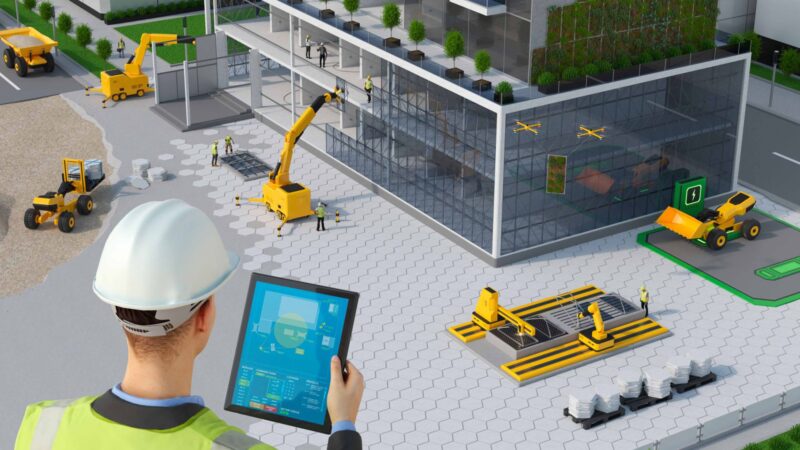As commercial construction continues to evolve, it is important to stay up-to-date on the latest trends and innovations. From advances in technology to changes in materials and methods, there are a number of new developments that have the potential to revolutionize the industry.
In this article, we will explore some of these emerging trends and discuss how they can help shape the future of commercial construction. We will also discuss what contractors should be aware of as they seek to stay ahead of their competition. By understanding these developments, contractors can make better decisions about how best to serve their clients with quality workmanship and efficiency.
Prefabricated Construction Materials
Prefabricated construction materials have the potential to revolutionize commercial construction. By utilizing pre-manufactured components and structures, businesses can reduce build time and costs while still achieving a high quality of work. Prefabricated materials are also often more durable than traditional methods, making them ideal for use in places where long-term reliability is essential.
Furthermore, prefabrication technology allows for greater customization options that can be tailored to specific projects without compromising on quality or safety standards. The future of buildops commercial construction glossary will likely include an increased focus on prefabrication techniques as companies seek out cost savings and performance improvements. With the right combination of innovation and expertise, these types of materials could soon become commonplace in any large-scale building project.
Virtual Design and Construction

The advancement of technology has revolutionized the way commercial construction is conducted. Virtual design and construction (VDC) is one such innovation that has enabled greater efficiency in the industry, allowing for more precise calculations and cost estimations. With VDC, teams can collaborate on projects from anywhere in the world, eliminating geographic barriers for workers. It also allows for a better understanding of how different parts interact with each other during the building process, reducing errors and rework costs.
The use of 3D modelling platforms such as Building Information Modelling (BIM) further enhances this ability to visualize projects before they begin while at the same time creating an environment where changes or adjustments can be made quickly without significant disruption to workflow. By using VDC technologies, commercial contractors are able to save both time and money by providing accurate estimates throughout all phases of a project’s lifecycle giving them a competitive edge over their peers in today’s market.
Digital Project Management Tools
As the commercial construction industry continues to evolve and innovate, digital project management tools play an increasingly important role in streamlining operations. From automated document creation to real-time analytics and reporting capabilities, modern solutions provide a powerful way to optimize processes across the entire construction lifecycle. Digital project management tools can help reduce costs, increase safety, improve transparency and collaboration between teams, as well as create greater scalability for future projects.
Project managers can use cloud-based platforms that allow them to connect with contractors from anywhere in the world while also leveraging data insights for more accurate forecasting of delivery times. By integrating artificial intelligence into these solutions, companies are able to gain further efficiencies by automating time-consuming tasks such as contract reviews and quality assurance checks. As new technologies continue to emerge within this sector it is essential that businesses remain up-to-date on their choices of digital project management tools so they can make informed decisions about how best to utilize them in order maximize their potential benefits.
BIM Technology & 3D Modeling

The integration of Building Information Modeling (BIM) technology and 3D modeling in commercial construction projects has been growing exponentially over the last few years. BIM technology allows for a more streamlined design process, with increased accuracy and shorter timelines between planning, designing, and constructing phases. Additionally, it creates a platform that can be used to share information between all parties involved in the project – from architects to engineers to contractors – which helps ensure that there is no miscommunication or overlap throughout the entire process.
3D modeling also provides additional benefits such as visualizing designs before they are built so any problems can be detected ahead of time and fixed accordingly. The combination of these two technologies is revolutionizing how commercial construction projects are managed today and will continue to shape the future of this industry going forward.


